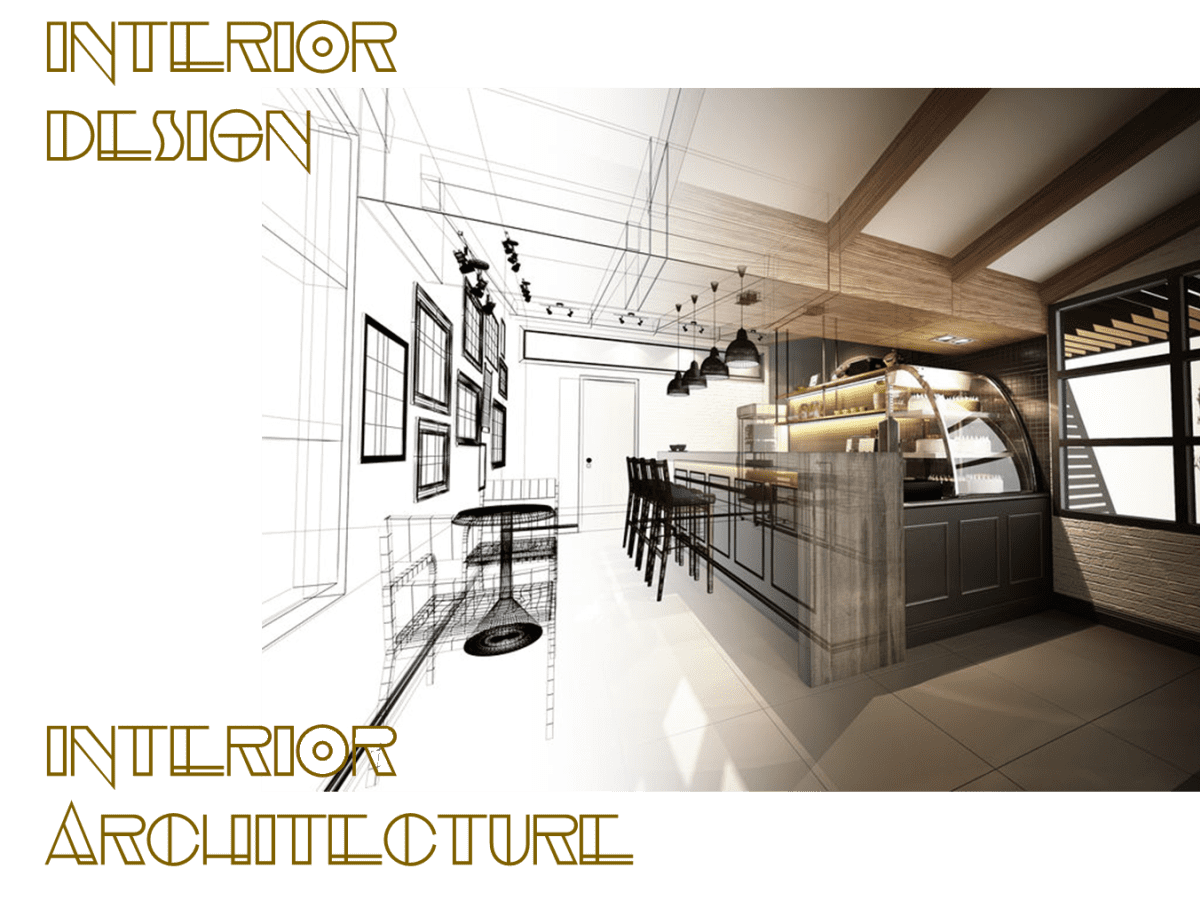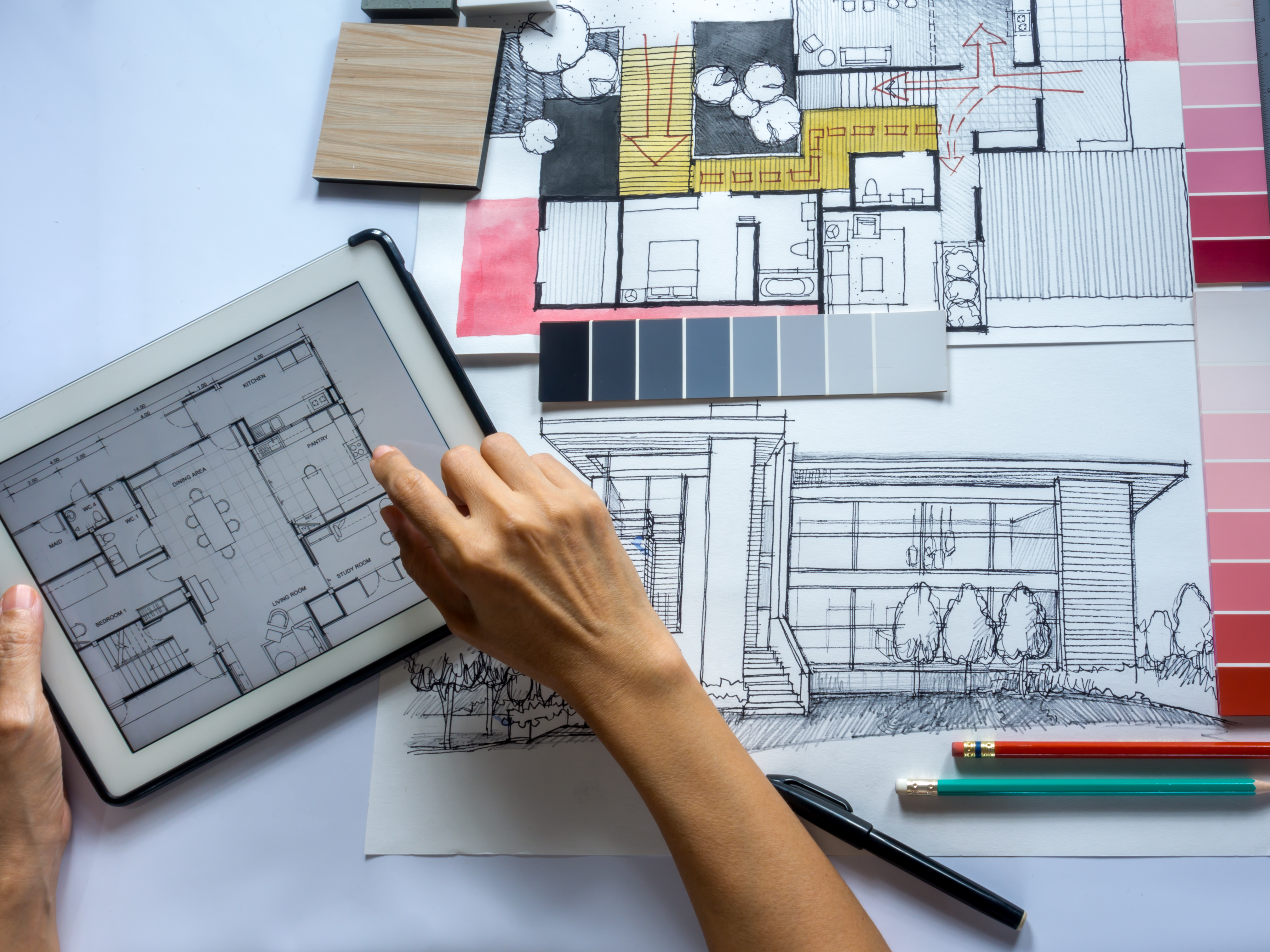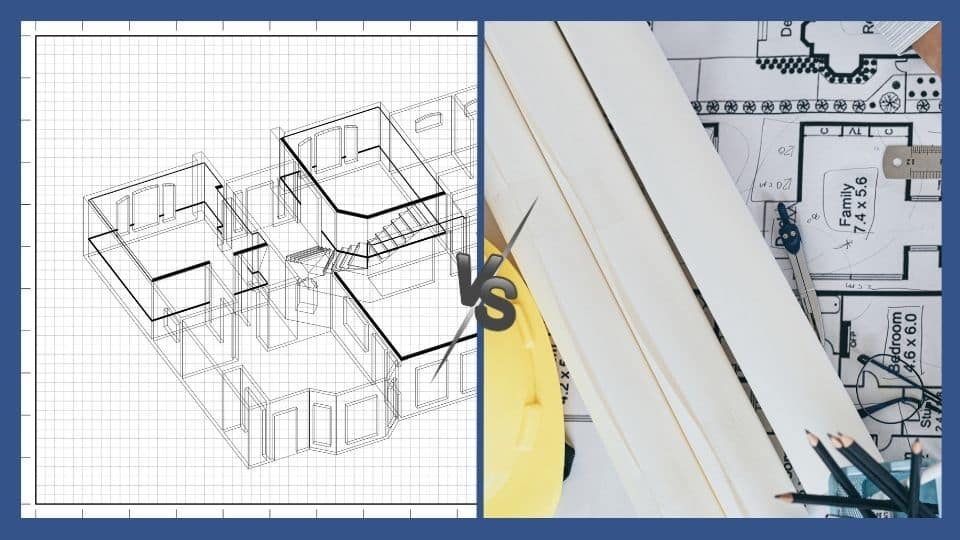Gorgeous Countryside Interior Styling for Nature-Inspired Living
Gorgeous Countryside Interior Styling for Nature-Inspired Living
Blog Article
The Art of Balance: Just How Interior Design and Home Engineer Collaborate for Stunning Results
In the realm of home design, striking a balance between aesthetics and performance is no tiny accomplishment. This delicate stability is accomplished with the unified cooperation between indoor designers and designers, each bringing their one-of-a-kind experience to the table. Remain with us as we explore the ins and outs of this joint process and its transformative effect on home style.
Comprehending the Core Distinctions Between Inside Design and Home Style
While both indoor style and home style play essential functions in creating visually pleasing and useful spaces, they are naturally different self-controls. It deals with the 'bones' of the framework, functioning with spatial dimensions, load-bearing walls, and roofing designs. On the various other hand, indoor design is much more concerned with improving the visual and sensory experience within that structure.
The Harmony In Between Home Architecture and Interior Layout
The harmony between home style and Interior Design hinges on a common vision of design and the improvement of practical aesthetic appeals. When these two areas line up sympathetically, they can change a home from ordinary to phenomenal. This cooperation needs a much deeper understanding of each discipline's principles and the capacity to produce a cohesive, visually pleasing setting.
Unifying Design Vision
Unifying the vision for home architecture and Interior Design can develop an unified space that is both functional and visually pleasing. The equilibrium starts with an integrated frame of mind; designers and interior developers team up, each bringing their knowledge. This unison of ideas creates the design vision, a blueprint that overviews the project. This shared vision is necessary for consistency throughout the home, guaranteeing a liquid change from exterior style to interior rooms. It advertises a collaborating approach where architectural elements enhance Interior Design components and vice versa. The outcome is a cohesive space that mirrors the property owner's lifestyle, preference, and character. Therefore, unifying the style vision is vital in mixing design and Interior Design for spectacular outcomes.
Enhancing Practical Aesthetics
How does the harmony in between home style and Interior Design improve functional visual appeals? This synergy allows the creation of areas that are not only visually attractive however likewise pleasantly usable. Engineers lay the groundwork with their architectural design, making certain that the space is efficient and functional. The interior designer then matches this with carefully selected aspects that improve the aesthetics without jeopardizing the performance. This harmonious cooperation can cause homes that are both gorgeous and liveable. As an example, a designer might design a house with high ceilings and huge home windows. The indoor designer can then accentuate these features with sheer drapes and high plants, specifically, thus boosting the aesthetic charm while preserving the practical advantages of all-natural light and spaciousness.
Importance of Partnership in Creating Balanced Spaces
The collaboration between interior designers and designers is crucial in producing well balanced areas. It brings consistency between layout and architecture, offering birth to rooms that are not just aesthetically pleasing however additionally functional. Checking out effective collaborative methods can supply insights into just how this synergy can be properly accomplished.
Balancing Design and Style
Balance, a vital element of both Interior Design and design, can only genuinely be achieved when these two areas operate in harmony. This harmony is not just a visual factor to consider; it affects the capability, sturdiness, and eventually, the livability of a space. Inside engineers and developers must comprehend each various other's duties, respect their proficiency, and interact properly. They must take into consideration the interplay of architectural components with decoration, the circulation of rooms, and the influence of light and shade. This collaborative process leads to a cohesive, well balanced layout where every aspect contributes and has a function to the total visual. Therefore, integrating design and architecture is not just about producing beautiful areas, however Our site about crafting rooms that function seamlessly for their residents.
Successful Joint Approaches

Situation Studies: Successful Assimilation of Design and Architecture
Taking a look at several instance studies, it ends up being apparent exactly how the successful integration of interior style and style can change an area. Architect Philip Johnson and indoor designer Mies van der Rohe collaborated to produce a harmonious balance between the framework and the interior, resulting in a seamless flow from the outside landscape to the internal living quarters. These instance research studies underline the profound influence of an effective design and style cooperation.

Getting Over Challenges in Style and Architecture Collaboration
Despite the obvious benefits of an effective cooperation between indoor design and style, it is not without its obstacles. Architects might prioritize structural honesty and safety and security, while developers focus on comfort and design. Reliable interaction, mutual understanding, and compromise are important to conquer these difficulties and attain a successful and unified collaboration.

Future Patterns: The Developing Relationship Between Home Architects and Interior Designers
As the globe of home layout continues to advance, so does the Continued relationship between designers and interior developers. The trend leans towards an extra integrated and collaborative approach, breaking totally free from conventional roles. Designers are no more entirely focused on structural integrity, but additionally engage in improving aesthetic appeal - Winchester architect. Alternatively, indoor designers are accepting technological aspects, affecting general layout and performance. This developing symbiosis is driven by innovations in technology and the expanding demand for areas that are not just aesthetically pleasing but also useful and lasting. The future assures an extra natural, cutting-edge, and flexible method to home style, as designers and engineers proceed to blur the lines, fostering a connection that absolutely personifies the art of equilibrium.
Conclusion
The art of equilibrium in home layout is accomplished with the unified partnership in between indoor designers and designers. Despite obstacles, this collaboration fosters growth and technology in style.
While both interior layout and home architecture play vital roles in developing aesthetically pleasing and practical rooms, they are naturally various techniques.The harmony between home architecture and interior style exists in a shared vision of style and the enhancement of functional aesthetics.Merging the vision for home design and indoor style can discover here develop an unified living space that is both functional and aesthetically pleasing. Hence, unifying the layout vision is critical in mixing style and interior design for magnificent outcomes.
How does the harmony between home design and indoor style boost functional appearances? (Winchester architect)
Report this page